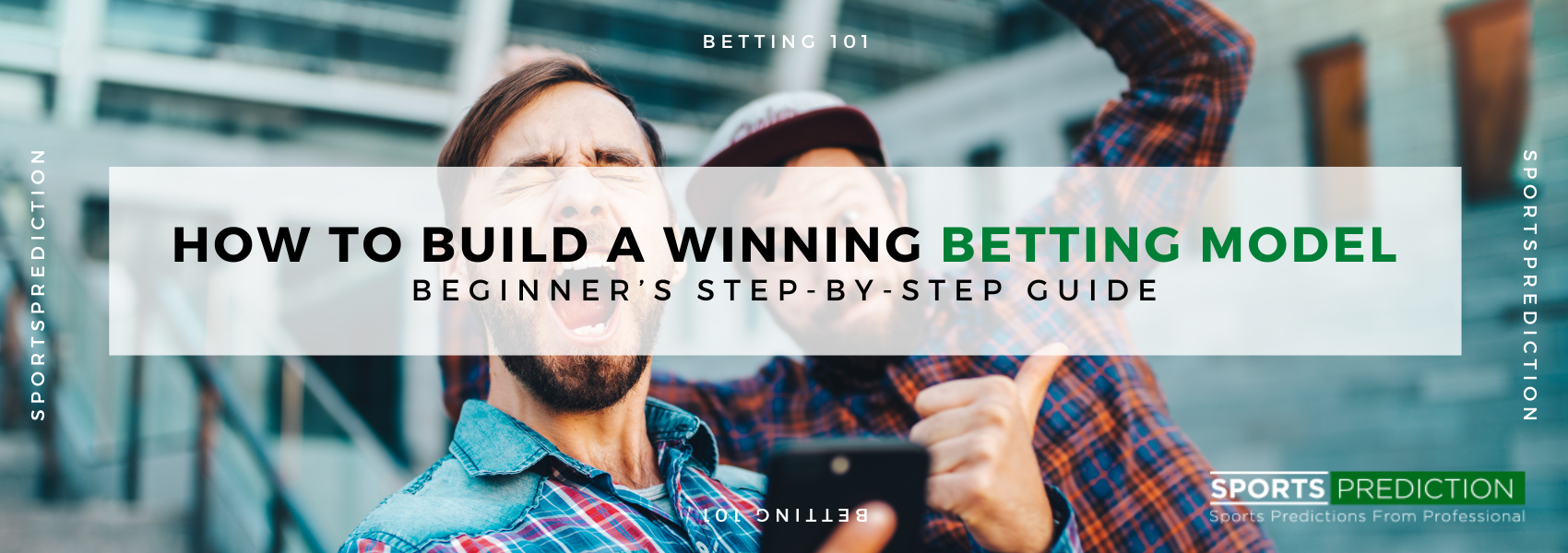
How to Build a Winning Betting Model: A Beginner’s Framework
Smart sports bettors don’t just guess—they predict. And one of the most effective ways to do that is by building your own betting model. A good model removes emotion, adds structure to your analysis, and helps you consistently find value. If you're new to the idea of predictive modeling in sports betting, this beginner’s guide will walk you through the essentials.
What Is a Betting Model?
A betting model is a mathematical or statistical formula that helps you estimate the likelihood of specific outcomes in sports events. The idea is to compare your model’s probabilities against sportsbook odds to identify bets with positive expected value (EV).
Step 1: Choose a Sport and Market
Start with a single sport or league you’re familiar with (e.g., Premier League soccer, NBA, NFL). Focus on one market—such as:
-
Match winners (moneyline)
-
Over/Under totals
-
Point spreads
Tip: Keep it simple for your first model. A single market is easier to track and improve.
Step 2: Gather Historical Data
You’ll need clean, relevant data to build a model. For example:
-
Team stats (wins, losses, goals, points, yards, etc.)
-
Player performance metrics
-
Game context (home/away, injuries, weather)
-
Betting lines and final results
Where to find data:
-
Public APIs (like TheSportsDB, FiveThirtyEight, or Football-Data.co.uk)
-
Sports websites and stats portals (ESPN, NBA Stats, FBref)
Step 3: Define Key Variables
Decide which statistics you believe influence outcomes. For example:
-
In soccer: shots on target, possession %, xG
-
In basketball: field goal %, turnovers, rebounds
Create a spreadsheet or database where you track and clean this data.
Step 4: Build Your Model
Start with simple math:
-
Logistic regression or linear regression (easily done in Excel, Python, or R)
-
Build formulas to estimate probabilities based on your variables
Once you get comfortable, you can add weightings or more complex models (machine learning, Monte Carlo simulations, etc.).
Step 5: Compare Model Probabilities to Bookmaker Odds
Convert bookmaker odds into implied probabilities:
If your model gives Team A a 60% chance to win, but the odds suggest a 45% chance, you may have found a value bet.
Step 6: Track and Refine
-
Test your model over time and adjust based on results.
-
Track each bet, its value estimate, and the outcome.
-
Measure performance using metrics like ROI, hit rate, and CLV (Closing Line Value).
Final Thoughts
Building a betting model might sound intimidating, but it’s simply about turning data into decisions. Start small, stay consistent, and improve with experience. Over time, your model will help you identify patterns, avoid bad bets, and move closer to long-term profitability.
Remember: The goal isn’t to win every bet—it’s to find value more often than the market does.










